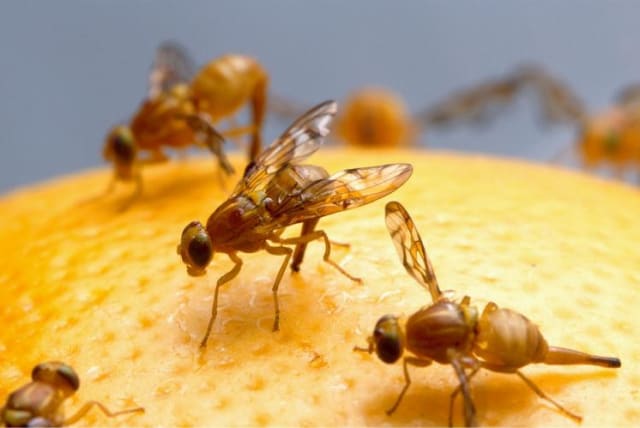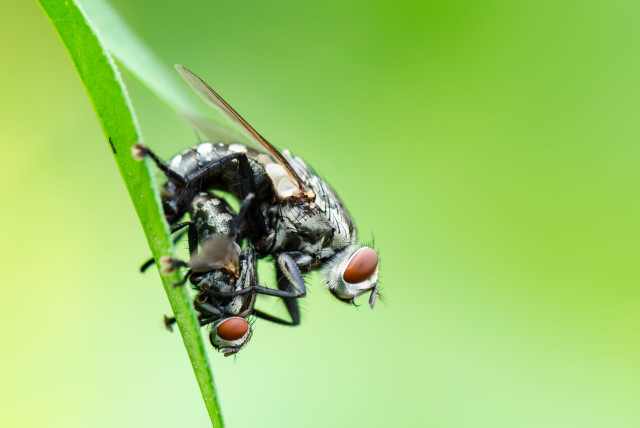Are our decisions made automatically in the brain? - study

A new study puts a decades-old theory into practice, showing how rewards, and the likelihood of receiving those awards, affect choice-making.
A new study used fruit flies to demonstrate a theory that explains the very essence of how living beings make reward-based decisions.
The study was published on Thursday in the Proceedings of the National Academy of Sciences (PNAS) journal, a peer-reviewed scholarly journal that focuses on a variety of scientific disciplines.
“Unraveling how humans and other animals learn to make adaptive decisions is a unifying aim of neuroscience, economics, and psychology,” the study’s authors preface.
Herrnstein's operant matching law, a theory developed in 1961 by Richard Herrnstein, advances an explanation for how reward-based decision-making occurs. Based on Herrnstein’s theory, this sort of decision-making is an automatic, mechanical process based on how a creature’s brain is adapted to its environment.
Previously, however, it has not been shown how Herrnstein’s theory plays out in the brain.
Simply, operant matching is the idea that a reward-based decision is made between different options proportionally with the perceived value of the reward and the perceived likelihood of receiving the award.
This can be visualized in a number of ways. For instance, one might imagine a mouse in a burrow heading out to forage for food. It could head one mile east to a blue barn where it finds food one-quarter of the time.
Alternatively, the mouse could travel one mile west to a red barn where it finds food three-quarters of the time.
Herrnstein’s theory suggests that this mouse, having learned this information, will proportionally travel to the red barn three-quarters of the time and the blue barn one-quarter of the time.
Instead of mice, the study demonstrated this principle in action with fruit flies.
“We found that flies are using expectation to assign value to their world,” Glenn Turner, one of the study’s authors said, according to a subsequent news release on the study. “It also really nicely connects back to this theoretical work that was so elegant and explains this widespread phenomenon.”
The experiment
To carry out the experiment, the study’s authors constructed a Y-shaped, three-arm arena. A fly entered one arm of the arena. Into another arm, an odor was pumped in. Another odor was pumped into the other arm.
One odor would be associated with a reward a given percentage of the time and the other odor would be associated with a reward another percentage of the time.
To reward the flies, the researchers optogenetically activated their sugar-sensing neurons.
They found that, for instance, if an odor provided a reward 80% of the time and the other odor provided a reward 20% of the time, the flies would choose the odors in matching proportions, selecting the first 80% of the time and the second 20% of the time.
“To be able to see that you can get these sophisticated economic decisions through this simple mechanistic explanation about how synapses are changing is a great illustration of what mechanistic cognitive neuroscience can mean,” James Fitzgerald, another researcher on the study said. “We’re taking this universal property and using the strengths of these small animals to really nail it mechanistically.”
Jerusalem Post Store
`; document.getElementById("linkPremium").innerHTML = cont; var divWithLink = document.getElementById("premium-link"); if (divWithLink !== null && divWithLink !== 'undefined') { divWithLink.style.border = "solid 1px #cb0f3e"; divWithLink.style.textAlign = "center"; divWithLink.style.marginBottom = "15px"; divWithLink.style.marginTop = "15px"; divWithLink.style.width = "100%"; divWithLink.style.backgroundColor = "#122952"; divWithLink.style.color = "#ffffff"; divWithLink.style.lineHeight = "1.5"; } } (function (v, i) { });

